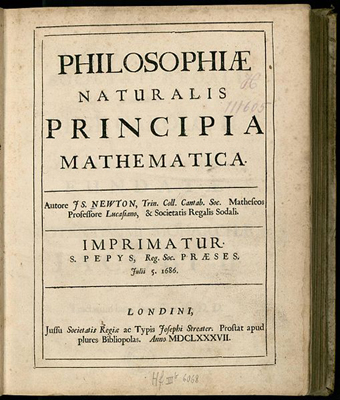Week 4: Dynamics: Newton’s Laws of Motion

The study of motion is kinematics, but kinematics only describes the way objects move—their velocity and their acceleration. Dynamics considers the forces that affect the motion of moving objects and systems. Newton’s laws of motion are the foundation of dynamics. These laws provide an example of the breadth and simplicity of principles under which nature functions. They are also universal laws in that they apply to situations on Earth as well as in space.
Learning Outcomes:
- Explain the definition of force.
- Describe mass and inertia using Newton’s first law of motion.
- Define net force, external force, and systems.
- Apply Newton’s second and third laws of motion.
- Integrate concepts from kinematics to solve problems using Newton’s laws of motion.
To-Do List:
- Review all assigned readings and videos
- Participate in the discussion
- Problem set 4
- Quiz 4
Sources:
photo credit: Service commun de la documentation de l’Université de Strasbourg. Access for free at https://openstax.org/books/college-physics-ap-courses/pages/1-connection-for-ap-r-courses